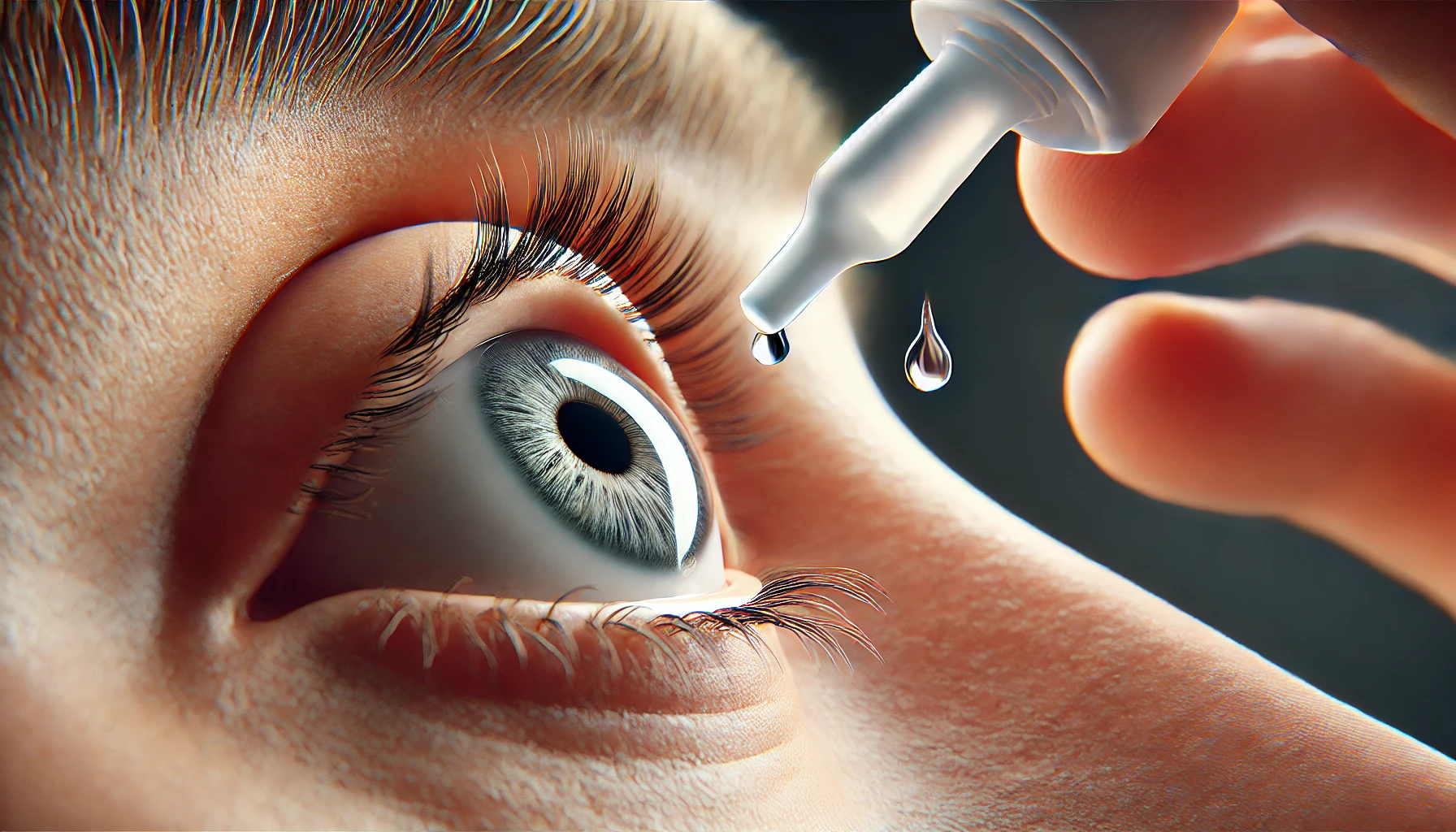Health Notice: This article was written using the Consensus AI Academic Search Engine. It is intended solely for informational purposes and should not be considered medical advice. Always consult a licensed healthcare provider for diagnosis, treatment, or medical guidance. Please refer to the full Disclaimer at the end of this article.
Choosing the best eye drops for dry eyes depends on the specific needs and conditions of the patient. Hyaluronic acid, autologous serum, cyclosporine, perfluorohexyloctane, and dual-polymer lubricating eye drops all offer unique benefits. It is essential to consult with an eye care professional to determine the most suitable treatment option based on individual symptoms and severity of dry eye disease.
Dry eye disease (DED) is a common condition that affects millions of people worldwide. It can cause discomfort, visual disturbances, and a significant reduction in the quality of life. With numerous treatment options available, it can be challenging to determine which eye drops are the most effective for managing dry eyes. This article reviews various types of eye drops and their efficacy in treating dry eye syndrome.
Hyaluronic Acid Eye Drops
Hyaluronic acid (HA) is a naturally occurring substance known for its excellent moisture-retaining properties. A meta-analysis comparing HA-based eye drops with non-HA-based eye drops, including saline and conventional artificial tears (ATs), found that HA eye drops significantly improved tear production and tear breakup time (TBUT) compared to non-HA-based eye drops1. This suggests that HA eye drops may be superior in managing dry eye symptoms.
Autologous Serum Eye Drops
Autologous serum eye drops (AS) are derived from a patient’s own blood and contain growth factors and nutrients that closely mimic natural tears. Studies have shown that AS can provide some improvement in dry eye symptoms and ocular surface health compared to artificial tears and saline2 9. However, the evidence is inconsistent, and more high-quality randomized controlled trials (RCTs) are needed to confirm their efficacy.
Cyclosporine Eye Drops
Topical 0.05% cyclosporine eye drops have been shown to significantly improve both objective and subjective outcomes in patients with dry eye syndrome. A systematic review and meta-analysis reported that cyclosporine eye drops improved Ocular Surface Disease Index scores, TBUT, Schirmer I scores, and corneal fluorescein staining, although they were associated with more adverse effects compared to controls3 7.
Perfluorohexyloctane Eye Drops
Perfluorohexyloctane eye drops have been evaluated for their efficacy in treating dry eye disease associated with Meibomian gland dysfunction (MGD). A randomized clinical trial demonstrated that these eye drops significantly improved corneal fluorescein staining and eye dryness scores compared to saline, with rapid and sustained efficacy over 57 days5.
Propylene Glycol and Hydroxypropyl Guar Nanoemulsion
Propylene glycol-hydroxypropyl guar (PG-HPG) nanoemulsion lubricant eye drops, such as Systane™ Complete, have been shown to provide temporary relief of dry eye symptoms. These eye drops stabilize the tear film lipid layer, reduce tear evaporation, and improve ocular surface characteristics6. They are effective in managing various subtypes of dry eye disease.
Homeopathic Eye Drops
Homeopathic eye drops, such as Homeoptic®, have been compared to 0.9% sodium chloride eye drops in a randomized, prospective study. The results indicated that Homeoptic® was more effective in relieving dry eye symptoms, including pain, itching, and burning, compared to sodium chloride eye drops8.
Dual-Polymer Lubricating Eye Drops
Hydroxypropyl guar-hyaluronic acid (HPG-HA) dual-polymer lubricant eye drops, such as SYSTANE™ HYDRATION, combine the benefits of both HPG and HA. These eye drops provide long-lasting lubrication, stabilize the tear film, and improve tear film quality. Clinical evidence supports their safety and efficacy in managing dry eye disease10.
Disclaimer
The content in this blog post was generated using Consensus, an AI-powered academic search engine, and is based on publicly available scientific literature. While we strive to provide accurate, up-to-date, and well-researched information, this content is intended for informational and educational purposes only.
It does not constitute medical advice, diagnosis, or treatment. Always consult a qualified healthcare professional before making decisions related to any medical condition, treatment, or medication.
The AI system’s analysis may not account for all perspectives, ongoing research, or individual circumstances, and should not replace professional expertise. Neither the blog publisher nor the developers of the Consensus AI tool are liable for any decisions or actions taken based on this content.
Use of this information is at your own risk. Where provided, citations link to original scientific studies for reference only—these should be reviewed independently and interpreted with the support of a qualified medical or research professional.
If you are experiencing a medical emergency, please seek immediate care from a healthcare provider or call emergency services.
